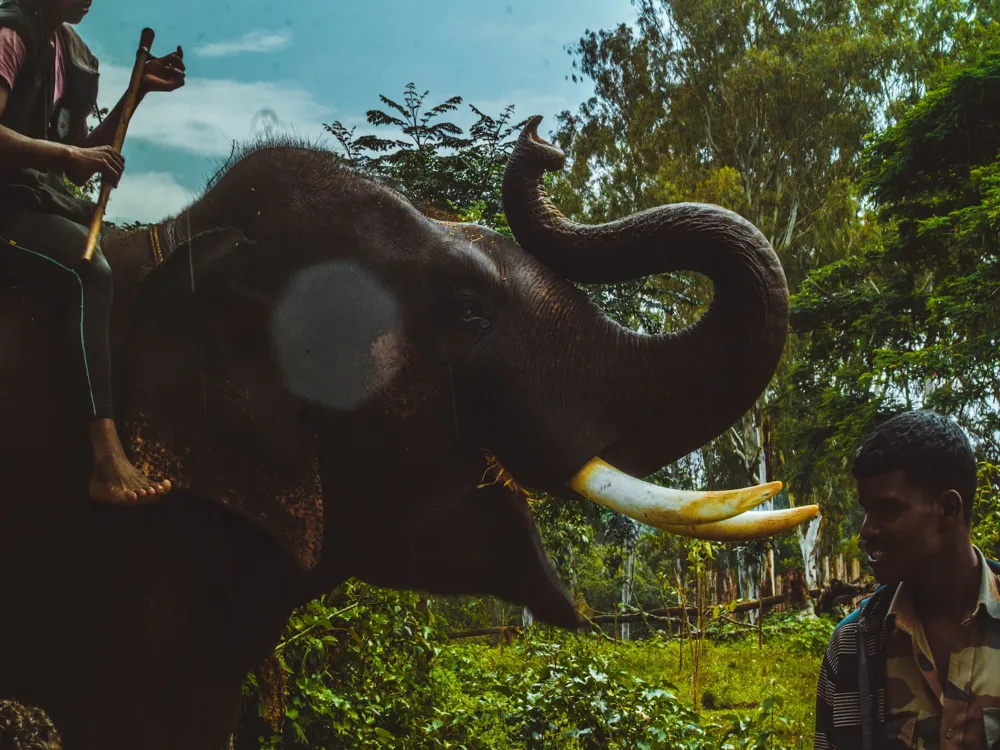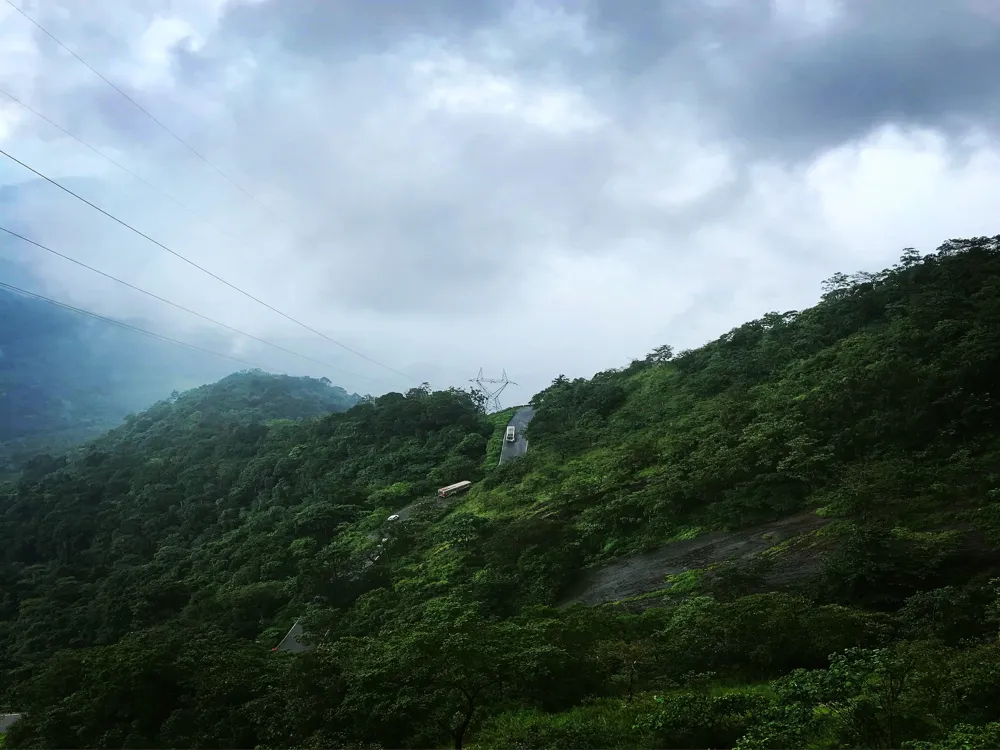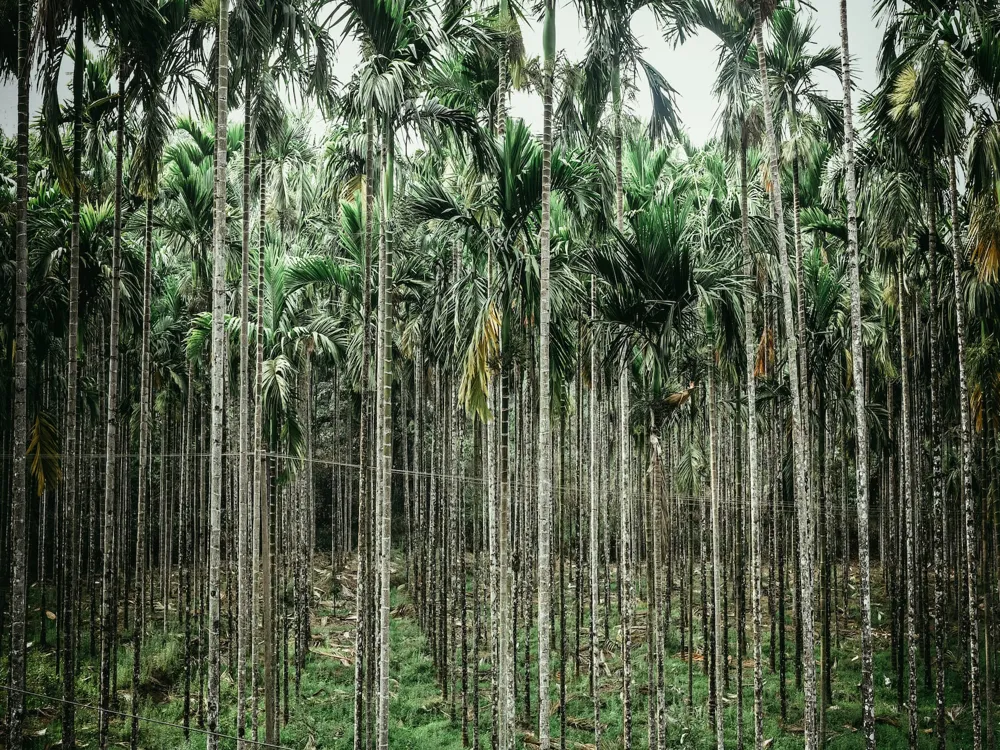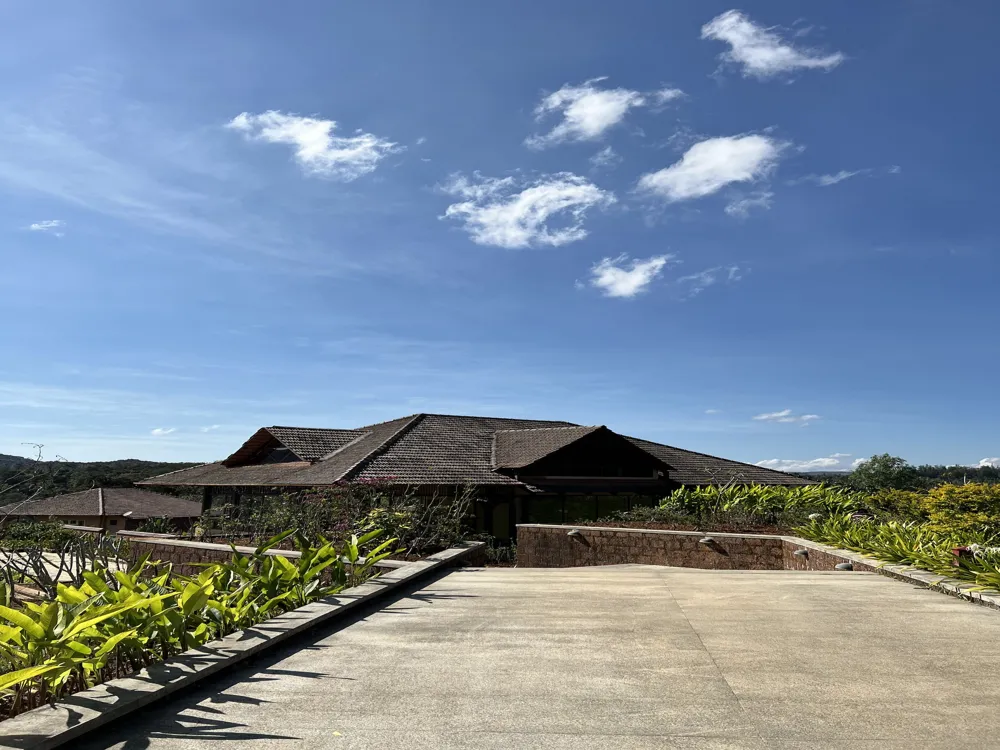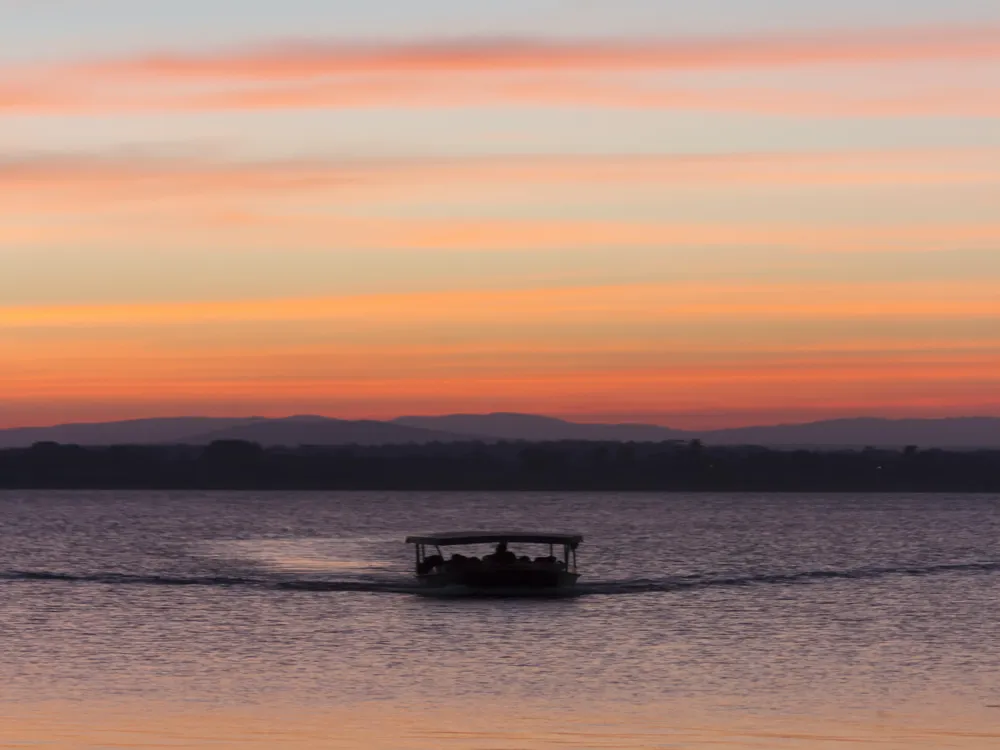Veerabhoomi, located in the picturesque region of Dubare in Karnataka, India, is a destination that boasts a rich tapestry of history and natural beauty. This area, renowned for its lush landscapes and cultural significance, offers a unique blend of adventure, serenity, and historical allure. Veerabhoomi, translating to 'land of brave warriors', echoes the tales of valor and bravery of historical figures who once graced this land. The region, surrounded by the dense forests of the Western Ghats and caressed by the flow of the Cauvery River, serves as a serene getaway and a hub for nature enthusiasts, historians, and travelers seeking a blend of tranquility and adventure. Veerabhoomi's history is deeply interwoven with the legends and tales of Karnataka's brave warriors and rich dynasties. This land has witnessed several historical events, from the rise and fall of empires to the battles that shaped the region's future. The folklore and local narratives tell the stories of heroism and the strategic significance of this region in various historical contexts. The area around Veerabhoomi is a biodiversity hotspot, home to a variety of flora and fauna. The dense forests house numerous species of plants, birds, and animals, some of which are endemic to the Western Ghats. This makes it an ideal spot for wildlife enthusiasts and botanists to explore and study the rich biodiversity of the region. Veerabhoomi is not just about its natural beauty and historical significance; it's also a melting pot of diverse cultures and traditions. The local communities, with their rich customs, art forms, and festivals, add to the region's charm and offer visitors a glimpse into the vibrant cultural heritage of Karnataka. The architecture of Veerabhoomi is a testament to the artistic and engineering prowess of the ancient builders of Karnataka. The structures here are an amalgamation of various architectural styles that have evolved over centuries. From ancient temples to historical fortresses, each monument in Veerabhoomi tells a story of the past, reflecting the architectural brilliance and cultural ethos of the eras they were built in. The ancient temples in Veerabhoomi are fine examples of Dravidian architecture, characterized by intricate carvings, towering gopurams (temple towers), and magnificent stone work. These temples are not just places of worship but also repositories of history and art, showcasing the skill and devotion of the artisans of yore. The forts and palaces of Veerabhoomi, once the epicenters of power and governance, stand today as relics of the region's glorious past. These structures, built with strategic ingenuity, exhibit a blend of various architectural influences, reflecting the diverse dynasties that ruled over this land. Colonial architecture also finds its place in Veerabhoomi, with several structures dating back to the British era. These buildings, with their distinct style, add a layer of diversity to the architectural landscape of Veerabhoomi, narrating the tales of a bygone colonial past. The ideal time to visit Veerabhoomi is between October and March when the weather is pleasant, making it perfect for exploring the outdoors and indulging in various activities. Karnataka's culinary delights are a must-try. Local dishes, predominantly vegetarian, are known for their unique flavors and use of fresh, local ingredients. Don't miss out on the traditional Karnataka thali. Respecting local customs and traditions is paramount. Dress modestly, especially when visiting religious sites, and always seek permission before photographing locals or cultural events. Veerabhoomi is well-connected by road, rail, and air. The nearest airport is in Bangalore, from where one can take a cab or a bus to Dubare. The region is also accessible by train, with the nearest railway station being in Mysore. Additionally, Karnataka's state-run buses and private coaches regularly ply to Dubare, making it easily reachable from major cities and towns. Read MoreOverview of Veerabhoomi, Dubare, Karnataka
Historical Significance
Flora and Fauna
Cultural Landscape
Architecture of Veerabhoomi
Ancient Temples
Forts and Palaces
Colonial Influence
Tips When Visiting Veerabhoomi
Best Time to Visit
Local Cuisine
Cultural Etiquette
How To Reach Veerabhoomi
Veerabhoomi
Dubare
Karnataka
NaN onwards
View dubare Packages
Dubare Travel Packages
View All Packages For Dubare
Top Hotel Collections for Dubare

Private Pool

Luxury Hotels

5-Star Hotels

Pet Friendly
Top Hotels Near Dubare
Other Top Ranking Places In Dubare
View All Places To Visit In dubare
View dubare Packages
Dubare Travel Packages
View All Packages For Dubare
Top Hotel Collections for Dubare

Private Pool

Luxury Hotels

5-Star Hotels

Pet Friendly








